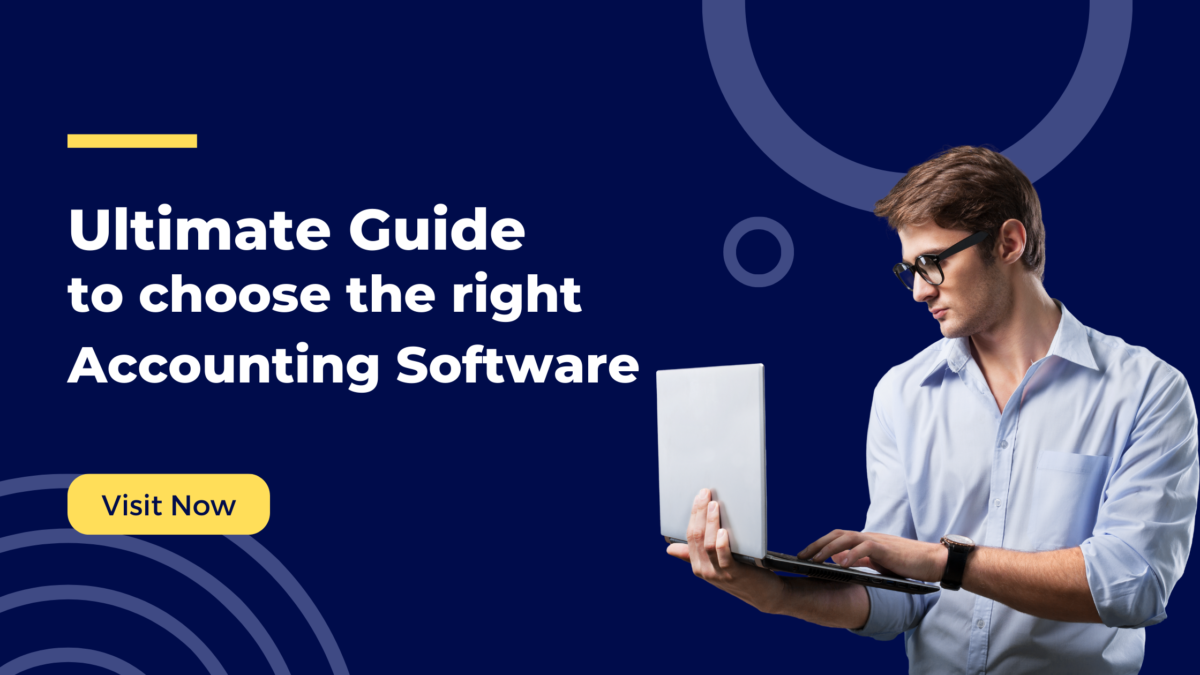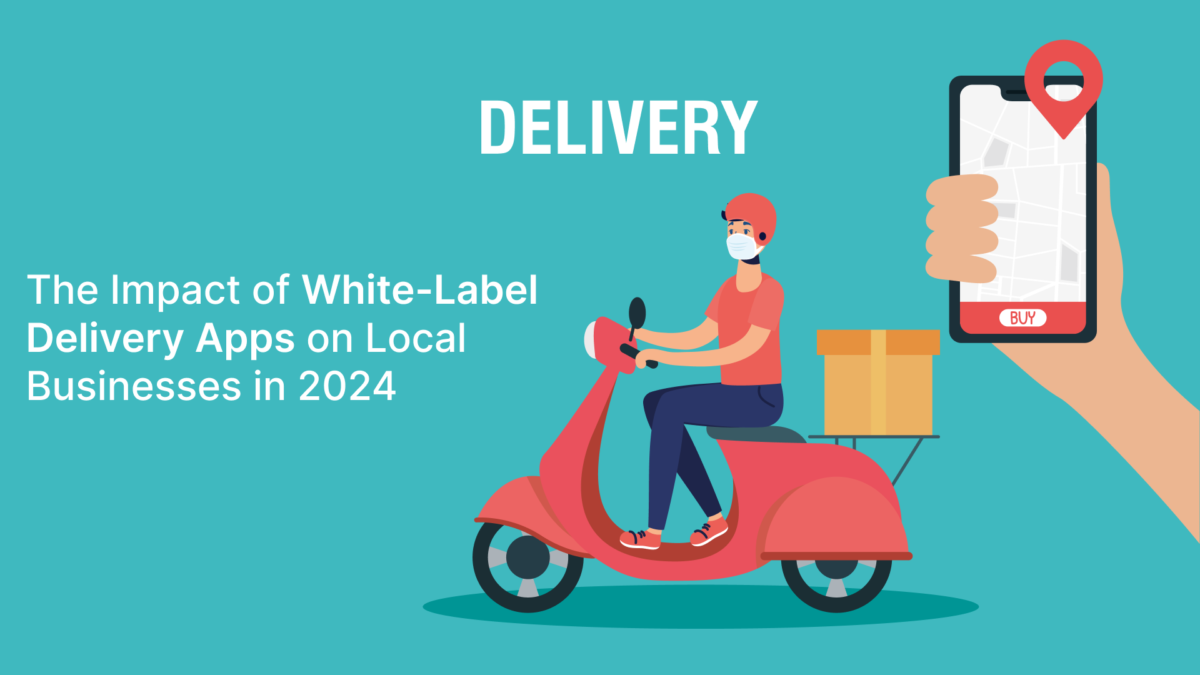Guide to Choose the Right Accounting Software for Your Business

Accounting software has become an essential tool for businesses of all sizes. It streamlines financial processes, improves accuracy, and provides valuable insights. However, with numerous options available, choosing the right accounting software can be daunting. This comprehensive guide to choose right accounting software aims to help you navigate the selection process. It will equip you with the knowledge to make an informed decision that aligns with your business needs.
Understanding Your Business Requirements
Before exploring accounting software options, it’s crucial to understand your business requirements. Start by evaluating your current financial processes and identifying areas for improvement. Consider factors such as the number of employees, transactions, and locations. Additionally, assess your industry-specific needs, growth plans, and integration requirements with other business systems.
- Key Features to Consider: Accounting software offerings can vary significantly in terms of features and capabilities. Here are some essential features to consider:
- Core Accounting Functions: Ensure the software provides fundamental accounting features. These include general ledger, accounts payable, accounts receivable, and bank reconciliation. Also, look for invoicing, billing, and financial reporting capabilities.
- Inventory Management: If your business deals with physical goods, look for inventory tracking and management features. This may include stock level monitoring, order management, and reordering capabilities.
- Payroll Processing: Many accounting software solutions offer integrated payroll processing. This can streamline payroll calculations, tax compliance, and employee payment processes.
- Project and Job Costing: For businesses that operate on a project or job basis, look for tools to track costs, expenses, and profitability at a granular level.
- Multi-Currency and Multi-Language Support: If your business operates internationally, consider software with multi-currency and multi-language capabilities for seamless global operations.
- Reporting and Analytics: Robust reporting and analytics features are essential for gaining valuable insights into your business’s financial performance. Look for customizable reports, dashboards, and data visualization tools.
- Mobile Access: With the increasing need for on-the-go access, consider software that offers mobile apps or responsive web interfaces for convenient access from any device.
- Integration Capabilities: Evaluate the software’s ability to integrate with other business applications you currently use or plan to use in the future, such as CRM, e-commerce platforms, or inventory management systems.
Deployment Options: Cloud vs. On-Premises
Accounting software can be deployed in two primary ways: cloud-based or on-premises. Each option has its advantages and considerations:
Cloud-Based Accounting Software:
- Offers anytime, anywhere access via the internet
- Typically requires a subscription-based pricing model
- Automatic software updates and maintenance handled by the vendor
- Data is stored and managed by the software provider
- Suitable for businesses with remote teams or multiple locations
On-Premises Accounting Software:
- Software is installed and hosted on your own servers or computers
- Often requires an upfront license fee and maintenance costs
- Allows for greater control and customization
- Data is stored and managed locally within your organization
- Suitable for businesses with specific security or compliance requirements
Evaluating Ease of Use
The user experience is a crucial factor in accounting software adoption. Look for software with an intuitive and user-friendly interface. This can improve productivity and minimize the need for extensive training. Additionally, consider the availability of customer support, documentation, and training resources provided by the vendor.
Scalability and Growth Potential
As your business grows, your accounting software should be able to scale and adapt to changing needs. Evaluate the software’s ability to handle increasing transaction volumes, users, and complexity. Also, consider the vendor’s roadmap for future updates and enhancements to ensure the software evolves with your business.
Integration and Customization Capabilities
Seamless integration with other business systems can streamline workflows and improve efficiency. Assess the software’s integration capabilities with tools like CRM, e-commerce platforms, inventory management systems, and payroll providers. Additionally, consider the level of customization available to tailor the software to your specific processes and reporting requirements.
Security, Compliance, and Data Management
Accounting software handles sensitive financial data, making security and compliance crucial considerations. Evaluate the software’s security measures, such as data encryption, access controls, and audit trails. Additionally, ensure the software adheres to relevant industry regulations and standards, such as GDPR, PCI-DSS, or SOC compliance.
In the case of cloud-based solutions, review the vendor’s data management practices, including backup and recovery procedures, and data ownership policies.
Cost and Budgeting
Accounting software can vary significantly in pricing, from free or low-cost options to enterprise-level solutions. Consider the upfront and ongoing costs, including licensing fees, subscription fees, implementation costs, and maintenance expenses. Additionally, factor in potential costs for training, customization, and integration with other systems.
It’s essential to balance costs with the features and capabilities required to meet your business needs effectively.
- Vendor Reputation and Support
The vendor’s reputation and customer support can significantly impact your overall experience with the software. Research the vendor’s track record, customer reviews, and industry recognition. Additionally, evaluate the level of support offered, including response times, available channels (phone, email, chat), and the quality of documentation and training resources. - Implementation and Migration Considerations
If you’re transitioning from an existing accounting system, consider the implementation and migration process. Evaluate the vendor’s approach to data migration, training, and onboarding support. Also, consider the potential downtime or disruption to your business operations during the transition phase. - Future-Proofing Your Investment
Technology is constantly evolving, and it’s important to choose accounting software that can adapt to future changes. Look for vendors with a strong commitment to innovation and a roadmap for incorporating emerging technologies, such as artificial intelligence, machine learning, or blockchain integration.
Additionally, consider the vendor’s long-term viability and financial stability to ensure ongoing support and development for the software.
Making the Final Decision
Choosing the right accounting software involves weighing various factors and aligning them with your business needs, goals, and budget. Here’s a step-by-step approach to help you make an informed decision:
- Define your requirements: Clearly outline your business needs, including the essential features, scalability, and integration requirements.
- Shortlist potential solutions: Based on your requirements, create a shortlist of accounting software options that meet your criteria.
- Conduct in-depth research: Review product information, customer reviews, and industry reports to understand each software’s capabilities, strengths, and limitations.
- Request demonstrations: Schedule demos or trials with the vendors on your shortlist to experience the software’s functionality and user interface firsthand.
- Evaluate costs and ROI: Carefully analyze the upfront and ongoing costs of each solution, and estimate the potential return on investment (ROI) based on increased efficiency and productivity.
- Consider implementation and support: Assess the vendor’s implementation process, training resources, and ongoing support offerings.
- Involve key stakeholders: Gather input from relevant stakeholders within your organization, such as accounting teams, IT professionals, and decision-makers.
- Make the final decision: Based on your findings and stakeholder input, select the accounting software that best aligns with your business needs, budget, and long-term goals.
Remember, choosing the right accounting software is a critical decision that can impact your business’s financial management and overall success. Take the time to thoroughly evaluate your options and involve relevant stakeholders in the decision-making process.
Conclusion
Selecting the right accounting software is a crucial investment for your business. By following the guidance outlined in this comprehensive guide, you can navigate the selection process with confidence. Understand your business requirements, evaluate key features, consider deployment options, and prioritize ease of use, scalability, integration capabilities, security, and vendor support.
Ultimately, the right accounting software should streamline your financial processes, provide valuable insights, and support your business’s growth and success. With careful planning and a thorough evaluation process, you can make an informed decision that positions your business for long-term financial success.











